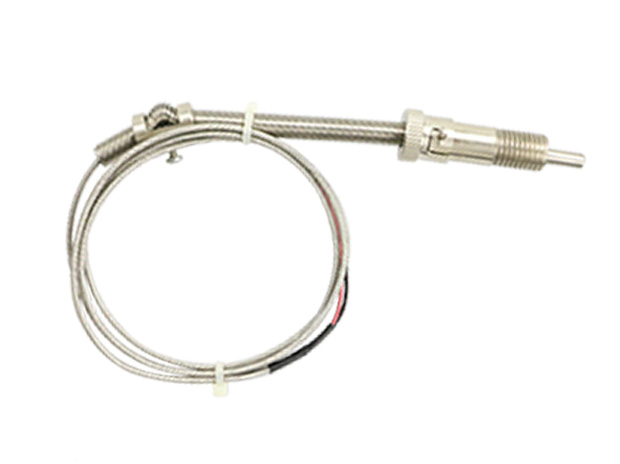 How to use the thermocouple temperature sensor cable to measure temperature
How to use the thermocouple temperature sensor cable to measure temperatureSimply put, the thermocouple is used as a device for measuring temperature in a given application. Thermocouple is widely used in various industries such as the food industry to aviation and metal processing, as a means to ensure the safety of workplace and control production.
The thermocouple is a sensor composed of two different metals, which are connected together on the sensor. There are many different thermocouple types (J, K, R, N, etc.). They all have different metal/alloy combinations to provide different temperature range and response to temperature changes
At the sensing end of the thermocouple, the temperature changes and generates the slightest value, which is related to the temperature difference between different alloys used in the thermocouple. This gives the temperature change value from the reference end to the sensing end.
The thermoelectric puppet is classified according to the purity of the alloy for the manufacture of sensors. They can be divided into three categories:
Thermal puppet class: This is a wire for thermocouple and cable , which can be used at high temperatures. Its ability to use is only limited by the rated value of the sheston or cable insulation. This type of wire is more accurate than extended lines and high costs.
Extended level: Slightly lower level. This means that the alloy is not as pure as the thermocouple -level wire. It is used as a "extended" cable that starts from the sensor to the control or measuring room/device, such as the RKC temperature controller. It is usually used under the condition that the cable is less than 200 degrees Celsius or below the rated value of the cable insulation (such as PVC). Because of the length that various applications may need, it has cost -effectiveness. Please note that this type of wire should not be used to replace the thermocouple -level wire.
Compensation cable: This cable uses alloys different from thermocouple alloy, but generates the millivolt signal that is equivalent to actual thermocouple alloy in a limited range. You will find that compensation cables are expensive to install on alloys or metal thermocouples, making compensation cables more cost -effective. You often see compensation cables for K -type installation, and because of the high cost of alloy in these applications, it is always used for precious metals or precious metals installation.
The wire is insulating, color coding, which is easy to identify. The most common color encoding system is ANSI M96.1. This is the easy -to -recognition method used by Velian. Check the color chart <<< Please click here.
The types of wire insulation include: PVC, nylon, silicone rubber, polytetrafluoroethylene, polyfloxytheryne, glass fiber and other high -temperature synthetic materials. The insulation is determined according to the application and the need for protection. The insulation, corrosion and prevention of the wires of the wires is an important link for the protection of the wire.

 How to use the thermocouple temperature sensor cable to measure temperature
How to use the thermocouple temperature sensor cable to measure temperature
